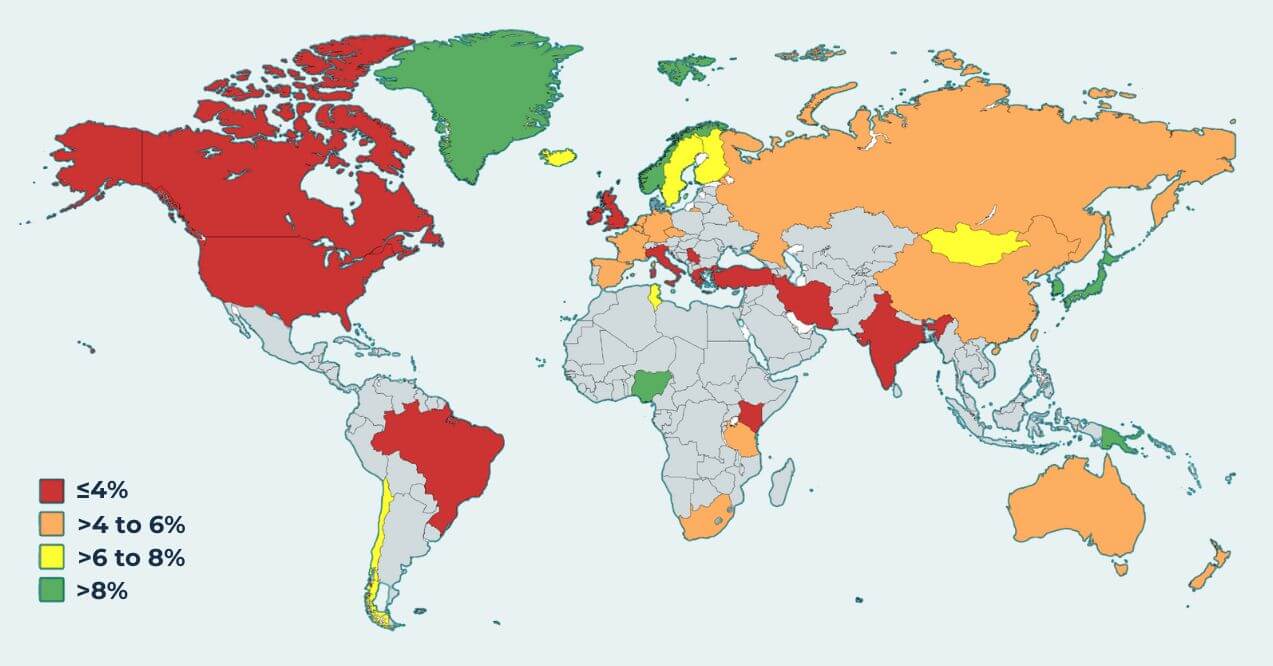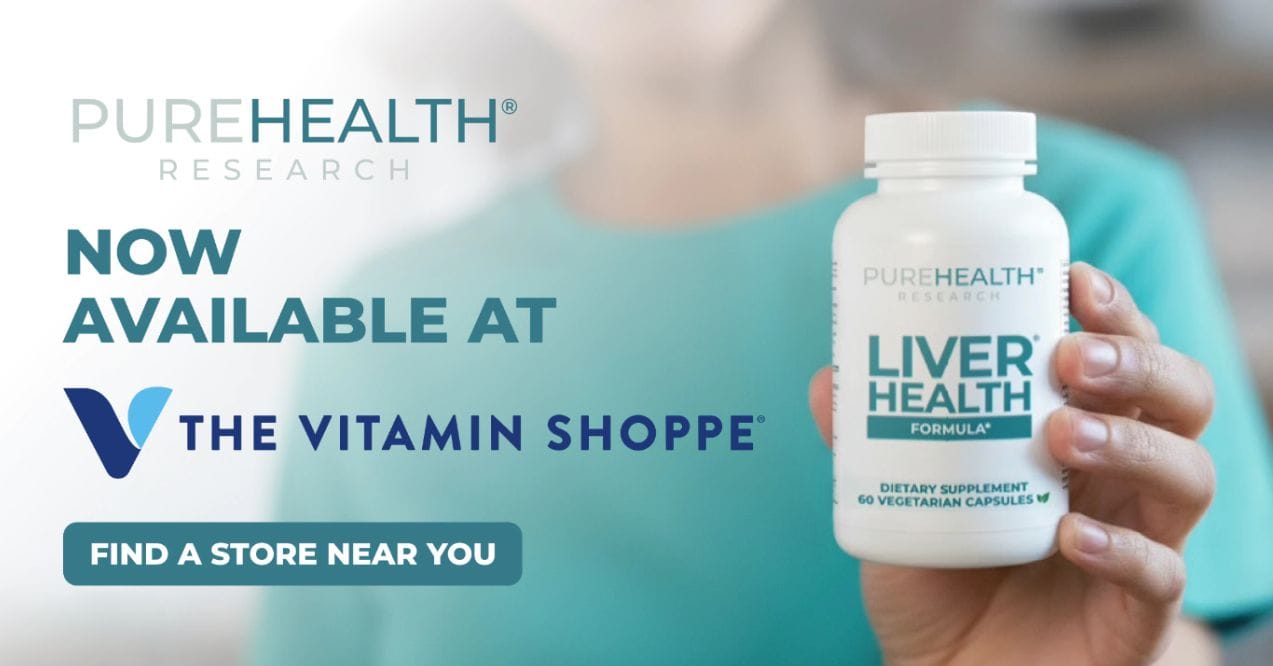Map of Omega 3 Fatty Acids Deficiency (2024 Figures)
Recent map omega 3 fatty acids analysis challenges common beliefs about global nutrition. See how different regions compare.


The latest available 2024 map omega 3 fatty acids analysis reveals striking patterns in worldwide nutritional trends, highlighting significant variations across different regions and populations. This comprehensive overview brings attention to areas where nutritional intake may need additional focus.
What Are Omega-3 Fatty Acids?
Omega-3 fatty acids are natural substances found primarily in certain fish species and plant sources. The two main types, EPA and DHA, play essential roles in various bodily functions. These nutrients become increasingly valuable as we age, supporting our natural biological processes.
Both EPA and DHA offer unique properties. EPA supports cellular function, while DHA maintains structural components in the brain and eyes. The body can only produce limited amounts of these fatty acids, making dietary sources particularly valuable.
Plant-based omega-3s, while beneficial, require conversion in the body for optimal use. This conversion process becomes less efficient with age, making direct sources of EPA and DHA particularly valuable for older adults.
What is the Omega-3 Index Test?
The Omega-3 Index serves as a reliable indicator of omega-3 status in the body. This straightforward blood test measures the concentration of omega-3 fatty acids in red blood cells, providing a clear picture of long-term intake levels. A result of 8% or higher suggests optimal levels, while readings below 4% indicate room for improvement.
The test results reflect intake over several months rather than recent consumption. This makes it a more reliable indicator than single-day dietary assessments. Regular testing, particularly for those over 60, can help track and maintain appropriate levels.
Many laboratories now offer this test as part of routine health screenings. Results typically include detailed breakdowns of various fatty acid levels, providing comprehensive insights into overall status.
Map of Omega 3 Deficiency

Recent fish oil study 2024 shows notable geographical patterns in omega-3 status:
- Coastal regions maintain higher levels due to traditional fishing practices and regular seafood consumption
- Western nations often show lower levels despite economic advantages, likely due to modern dietary patterns
- Asian countries display varying levels, with some coastal areas showing better results thanks to fish-based diets
- Nordic countries typically demonstrate higher levels, linked to cultural dietary habits and fish oil consumption
- Mediterranean regions show moderate to high levels, reflecting traditional dietary patterns
Population studies indicate that areas with traditional fishing practices often maintain better omega-3 status, regardless of economic development levels.
Health Risks of Omega 3 Fatty Acid Deficiency
Low omega-3 levels can affect various aspects of well-being. Another recent study points to several areas of concern for adults:
- Changes in joint comfort and flexibility
- Alterations in cognitive function and mental clarity
- Effects on cardiovascular function and circulation
- Influence on skin hydration and appearance
The study also noted that maintaining adequate levels becomes increasingly important after age 50, as natural production of certain fatty acids decreases with age. In addition to omega-3s, some people explore complementary options like a pentadecanoic acid supplement to support overall fatty acid balance and promote wellness in areas like heart health, cognitive function, and metabolic support.
Boosting Your Omega-3s
Practical ways to maintain adequate omega-3 levels include:
Through Diet
- Consuming fatty fish twice weekly, focusing on smaller fish species
- Adding seaweed to meals as a natural marine source
- Including plant-based sources like flaxseeds and chia seeds
- Incorporating omega-3 enriched eggs and dairy products
- Choosing grass-fed meat options when available
Through Supplementation
Nano Powered Omega 3 by PureHealth Research, offers an innovative solution with improved absorption. This advanced formula is endorsed by Dr. Holly, ND and uses specialized technology to break down fatty acids into smaller particles, allowing for better uptake by the body.
Conclusion
The global map of omega-3 levels in 2024 highlights significant variations in nutritional status worldwide. While traditional fishing communities maintain higher levels, many regions show room for improvement. The Omega-3 Index provides a reliable way to monitor personal status, while both dietary sources and advanced supplements like Nano Powered Omega-3 offer practical solutions for maintaining adequate levels.
As this comprehensive analysis shows, consistent intake through well-chosen sources supports optimal nutritional status. Whether through traditional diets or modern supplementation methods, maintaining appropriate omega-3 levels remains a key consideration for healthy aging.
Plant-based options include flaxseeds, chia seeds, hemp seeds, and walnuts. Algae provides direct sources of EPA and DHA. Green leafy vegetables offer small amounts. Grass-fed meat and omega-3 enriched eggs also contain these nutrients.
The general intake suggestion for adults is 250-500 mg of combined EPA and DHA. Older adults might benefit from higher amounts. Food sources can provide varying amounts based on type and preparation method.
EPA and DHA come mainly from marine sources and are ready for the body to use. ALA comes from plant sources and requires conversion by the body. Marine-sourced omega-3s are more efficient for adults.
At-home test kits measure omega-3 levels through a simple finger prick. Many laboratories also offer this service. The test analyzes red blood cells to determine long-term omega-3 status.
Track changes in skin moisture levels and joint flexibility. Notice improvements in mental clarity and focus. Monitor your omega-3 index scores periodically. Consistent intake for 3-4 months typically shows results.
Sign up for our Healthy Living newsletter!
Advertisement. This site offers health, wellness, fitness and nutritional information and is designed for educational purposes only. You should not rely on this information as a substitute for, nor does it replace, professional medical advice, diagnosis, or treatment. If you have any concerns or questions about your health, you should always consult with a physician or other health-care professional. Do not disregard, avoid or delay obtaining medical or health related advice from your health-care professional because of something you may have read on this site. The use of any information provided on this site is solely at your own risk.












